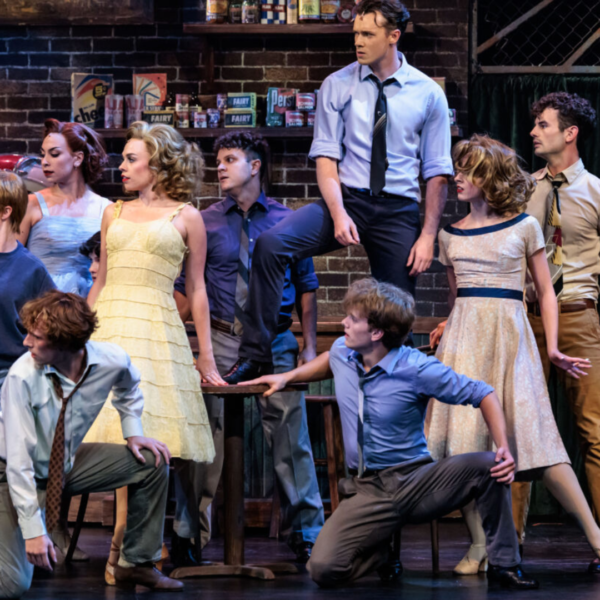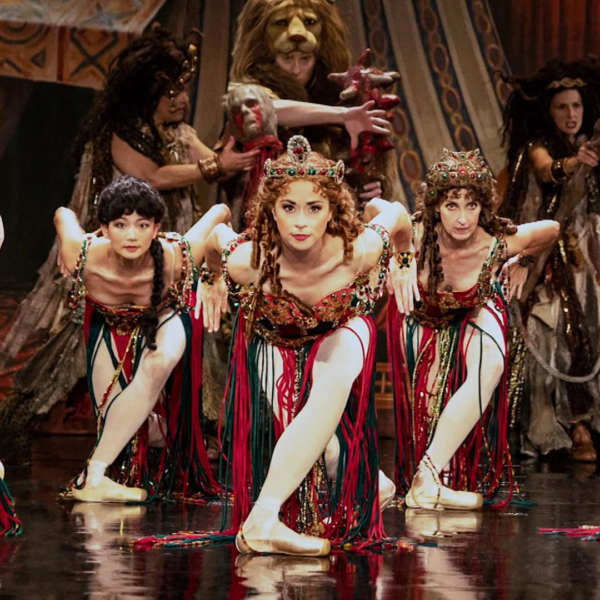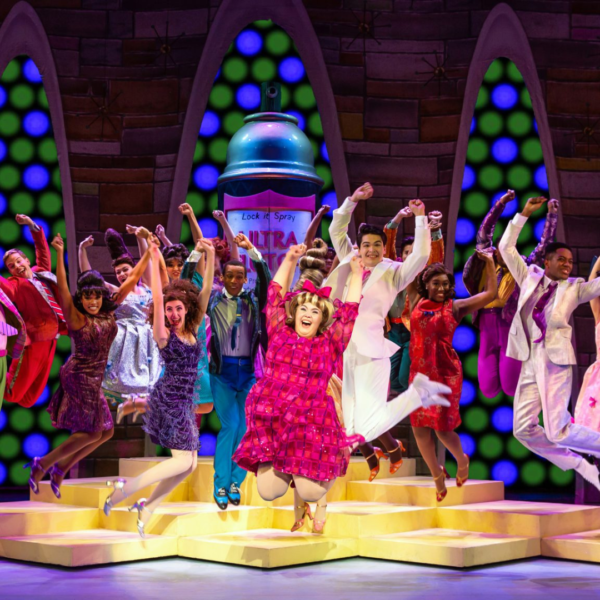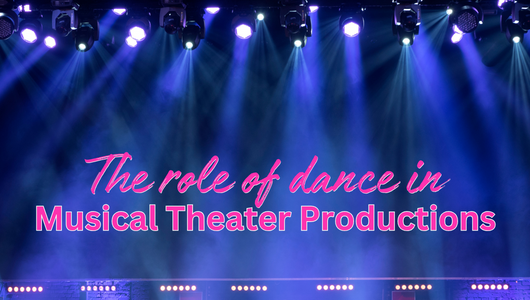When you think of musical theater, what comes to mind? Perhaps it’s the dazzling costumes, powerful voices, or gripping storytelling. While these elements are undoubtedly essential, you cannot underestimate the pivotal role that dance plays in musical theater productions. Dance serves as the heartbeat of these performances, adding depth, emotion, and entertainment that elevates the entire experience. In this blog post, I will delve into the multifaceted role of dance in musical theater, exploring how it enhances storytelling, communicates emotions, and captivates audiences.
Dance as a Storytelling Tool In musical theater, dance is a powerful medium for narrative expression. Characters can convey their thoughts and emotions through choreography, transcending language barriers and connecting with audiences on a visceral level. Dance can advance the plot, transition between scenes, and symbolize character development. For instance, “Cell Block Tango” from “Chicago” uses dance to narrate backstories, while “The Lion King’s” “Circle of Life” sets the tone for the show with its vibrant African-inspired dance.

Emotion and Character Development Dance effectively evokes emotions, aiding in character development. In “West Side Story,” dance battles express the tension between rival gangs, while in “Billy Elliot the Musical,” the protagonist’s growth is depicted through the evolution of his dance skills. These performances allow the audience to empathize with the characters’ emotional journeys.

Dance as Visual WOW Factor Dance contributes to the visual allure of musical theater, transporting audiences to various worlds and eras. “The Phantom of the Opera” ballet sequence reveals the Phantom’s tragic backstory, adding mystique to the story. Additionally, large ensemble numbers like “Les Misérables'” “One Day More” create a sense of scale and grandeur, showcasing the production’s magnitude.

Audience Engagement and Entertainment Dance captivates audiences with its dynamic and visceral movements. Showstoppers like “You Can’t Stop the Beat” from “Hairspray” and the tap routines in “42nd Street” leave lasting impressions, fostering a sense of communal joy. Dance celebrates human expression and creativity, highlighting the performers’ talent and dedication, and strengthening the connection between them and the audience.

Life of the Show Dance in musical theater is more than mere entertainment; it’s an integral part of storytelling, emotional expression, and audience engagement. Whether in classic or contemporary shows, dance enhances the theatrical experience with its ability to convey emotions, progress the narrative, and create memorable moments. It’s the heartbeat of a production, vital in bringing life and vibrancy to the stage. The next time you watch a musical, pay close attention to the dance sequences, as they are crucial in bringing the entire show to life!

